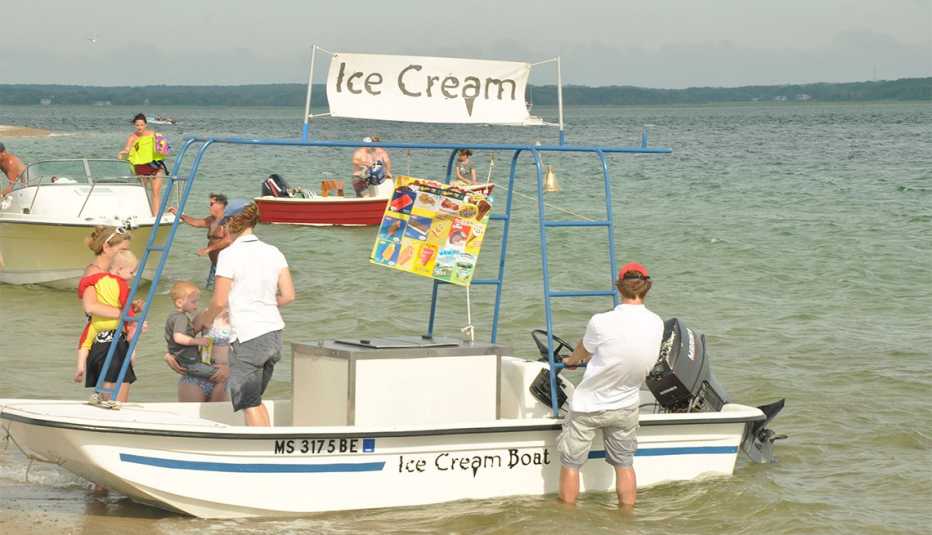AARP Hearing Center
A small cluster of businesspeople stood by the bridge in Kitty Hawk that carries mainlanders to North Carolina's Outer Banks, holding signs saying “Welcome Back” and “Happy to See You.” Their point on this Monday morning in early May: to express appreciation for the out-of-towners heading back to the bucolic beach destination to get their vacation homes ready for summer.
The summer-home owners had been prevented from visiting since March 20, when the county closed itself off to outsiders due to the coronavirus outbreak.
Officials and residents in the Outer Banks and other summer hot spots across the country — from Cape Cod to Wisconsin's Door County — are trying to find ways to accommodate economy-sustaining visitors while maintaining the safety of both tourists and locals concerned that the crowds will lead to more cases of COVID-19.
The Centers for Disease Control and Prevention (CDC) continues to recommend Americans “stay home as much as possible” and “don't travel if you are sick or travel with someone who is sick.”
But that guidance may not stop top beach destinations from seeing a swell in population this weekend and in the summer weeks that follow.
Emphasizing the need for visitors to follow rules for mask wearing and physical distancing, officials note that allowances for activity in their regions will be scaled back if visitors don't follow the rules meant to prevent the spread of the coronavirus.
"We really need people to be following the [county's] public health guidelines,” says state Sen. Julian Cyr, representing Cape Cod in Massachusetts, which has been hit particularly hard by the outbreak (with about 88,000 cases and 6,000 deaths). For those who don't follow the rules, he adds, “not only are you actually putting yourself and your own family members and other people at risk, but you're also putting the economic viability of an entire region at risk."
It's anyone's guess whether visitors to these summer havens will take the restrictions seriously. Alisa Justice, 46, who's heading to the Outer Banks with her family for a week in mid-June, says that she certainly will — and that renting a home makes it easy to follow social distancing guidelines. “You are secluded and you have full control of your environment,” says Justice, 46, who lives in Westminster, Maryland, and will be joined by her husband, three teenage children, three of their children's friends, her mother, her in-laws and the family's dog in a five-bedroom house with pool that she booked last November. They've rented bikes, kayaks and paddleboards that will be delivered to the house, located on the sound in the town of Corolla, before they even arrive: “The plan really is to stay at home, cook at home, maybe get some takeout once in a while,” Justice says. “We're going to be very responsible."
Here's how four popular beach destinations are trying to keep both their economies afloat and COVID-19 at bay.


Cape Cod, Massachusetts
Cape Cod makes most of its annual $1.3 billion in tourist revenue in the summer. But the area's 213,000 permanent residents include a large number of retirees, many of whom are concerned about catching the coronavirus if the usual hordes of visitors from New York, Boston and beyond descend on their small villages. In April, some residents unsuccessfully petitioned authorities to prohibit nonresidents, even homeowners, from crossing the two bridges that lead to the cape from mainland Massachusetts.




































































